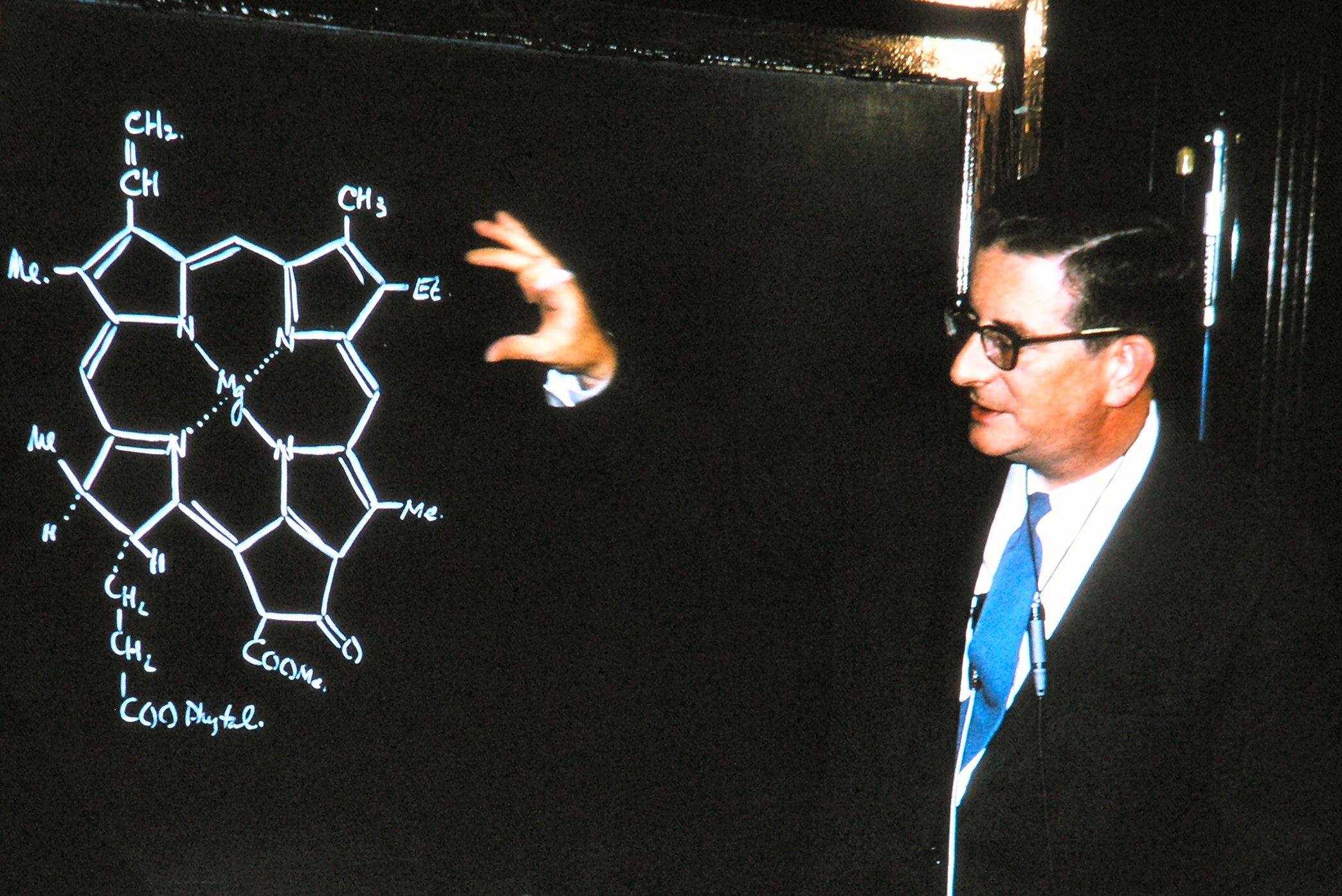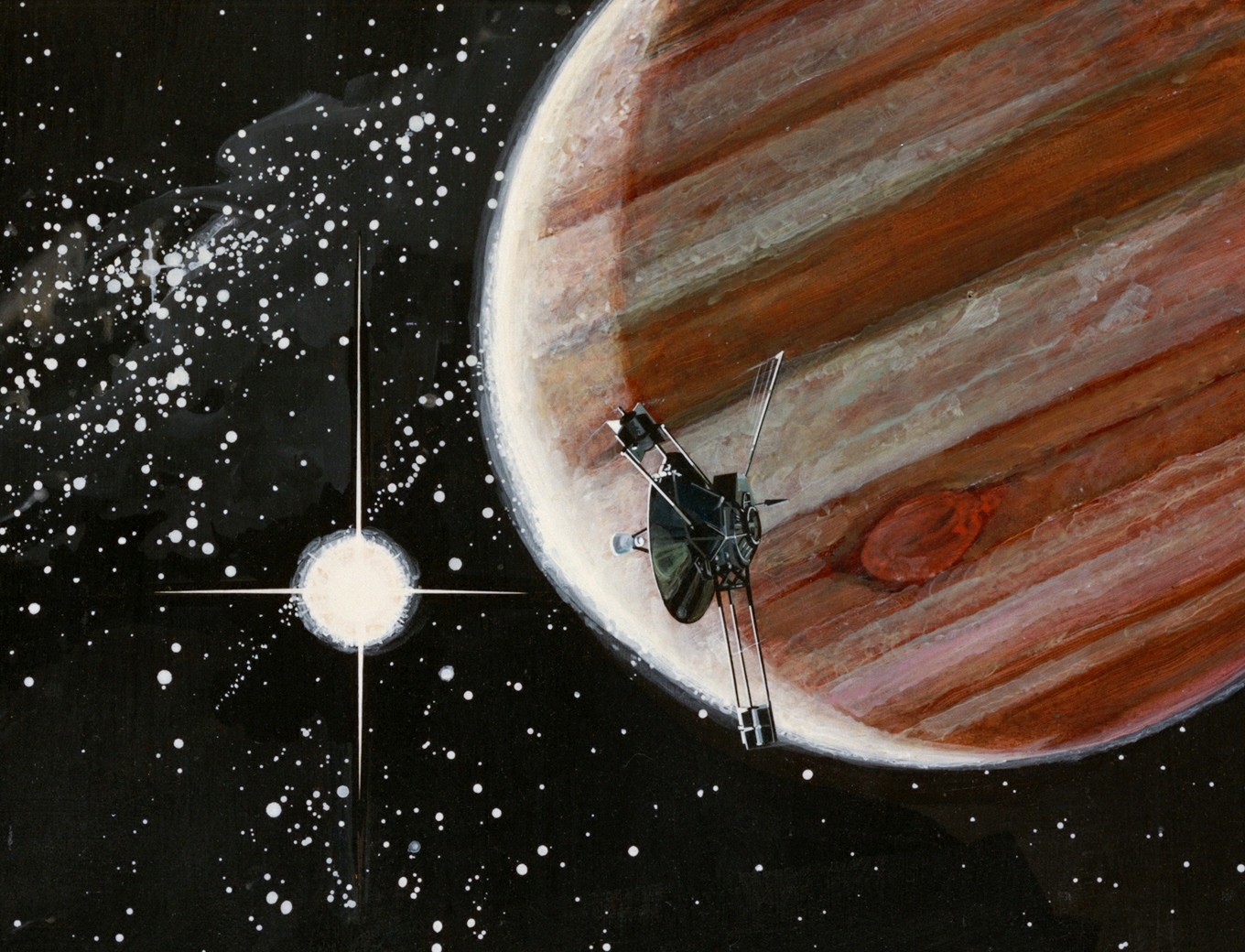|
1973 In Science
The year 1973 in science and technology involved some significant events, listed below. Astronomy and space exploration * March 7 – Comet Kohoutek is discovered * April 6 – Launch of Pioneer 11 spacecraft * May 14 – ''Skylab'', the United States' first space station, is launched. * Solar eclipse of June 30, 1973 – Very long total solar eclipse visible in NE South America, the Atlantic, and central Africa. During the entire Second Millennium, only seven total solar eclipses exceed seven minutes of totality; this is the last. Observers aboard a Concorde jet are able to stretch totality to about 74 minutes by flying along the path of the moon's umbra. * July 25 – Soviet Mars 5 space probe launched. * November 3 – Mariner program: NASA launches the Mariner 10 toward Mercury (on March 29, 1974, it becomes the first space probe to reach that planet); it will be the first space flight to use gravity assist. * December 3 – Pioneer program: Pioneer 10 sends back the first cl ... [...More Info...] [...Related Items...] OR: [Wikipedia] [Google] [Baidu] |
Science
Science is a systematic endeavor that builds and organizes knowledge in the form of testable explanations and predictions about the universe. Science may be as old as the human species, and some of the earliest archeological evidence for scientific reasoning is tens of thousands of years old. The earliest written records in the history of science come from Ancient Egypt and Mesopotamia in around 3000 to 1200 BCE. Their contributions to mathematics, astronomy, and medicine entered and shaped Greek natural philosophy of classical antiquity, whereby formal attempts were made to provide explanations of events in the physical world based on natural causes. After the fall of the Western Roman Empire, knowledge of Greek conceptions of the world deteriorated in Western Europe during the early centuries (400 to 1000 CE) of the Middle Ages, but was preserved in the Muslim world during the Islamic Golden Age and later by the efforts of Byzantine Greek scholars who brought Greek ... [...More Info...] [...Related Items...] OR: [Wikipedia] [Google] [Baidu] |
Mercury (planet)
Mercury is the smallest planet in the Solar System and the closest to the Sun. Its orbit around the Sun takes 87.97 Earth days, the shortest of all the Sun's planets. It is named after the Roman god ' ( Mercury), god of commerce, messenger of the gods, and mediator between gods and mortals, corresponding to the Greek god Hermes (). Like Venus, Mercury orbits the Sun within Earth's orbit as an inferior planet, and its apparent distance from the Sun as viewed from Earth never exceeds 28°. This proximity to the Sun means the planet can only be seen near the western horizon after sunset or the eastern horizon before sunrise, usually in twilight. At this time, it may appear as a bright star-like object, but is more difficult to observe than Venus. From Earth, the planet telescopically displays the complete range of phases, similar to Venus and the Moon, which recurs over its synodic period of approximately 116 days. The synodic proximity of Mercury to Earth makes Mercury most ... [...More Info...] [...Related Items...] OR: [Wikipedia] [Google] [Baidu] |
Robert Burns Woodward
Robert Burns Woodward (April 10, 1917 – July 8, 1979) was an American organic chemist. He is considered by many to be the most preeminent synthetic organic chemist of the twentieth century, having made many key contributions to the subject, especially in the synthesis of complex natural products and the determination of their molecular structure. He also worked closely with Roald Hoffmann on theoretical studies of chemical reactions. He was awarded the Nobel Prize in Chemistry in 1965. Early life and education Woodward was born in Boston, Massachusetts, on April 10, 1917. He was the son of Margaret Burns (an immigrant from Scotland who claimed to be a descendant of the poet, Robert Burns) and her husband, Arthur Chester Woodward, himself the son of Roxbury apothecary, Harlow Elliot Woodward. His father was one of the many victims of the 1918 influenza pandemic of 1918. From a very early age, Woodward was attracted to and engaged in private study of chemistry while he att ... [...More Info...] [...Related Items...] OR: [Wikipedia] [Google] [Baidu] |
Vitamin B12 Total Synthesis
The total synthesis of the complex biomolecule vitamin B12 was accomplished in two different approaches by the collaborating research groups of Robert Burns Woodward at Harvard and Albert Eschenmoser at ETH in 1972. The accomplishment required the effort of no less than 91 postdoctoral researchers (Harvard: 77, ETH: 14), and 12 Ph.D. students (at ETH) from 19 different nations over a period of almost 12 years. The synthesis project induced and involved a major change of paradigm in the field of natural product synthesis. The molecule Vitamin B12, C63H88CoN14O14P, is the most complex of all known vitamins. Its chemical structure had been determined by x-ray crystal structure analysis in 1956 by the research group of Dorothy Hodgkin (Oxford University) in collaboration with Kenneth N. Trueblood at UCLA and John G. White at Princeton University. Core of the molecule is the corrin structure, a nitrogenous tetradentate ligand system. This is biogenetically related to porphyrins a ... [...More Info...] [...Related Items...] OR: [Wikipedia] [Google] [Baidu] |
Tobler Hyperelliptical Projection
The Tobler hyperelliptical projection is a family of Map projection#Equal-area, equal-area Map projection#Pseudocylindrical, pseudocylindrical projections that may be used for world maps. Waldo R. Tobler introduced the construction in 1973 as the ''hyperelliptical'' projection, now usually known as the Tobler hyperelliptical projection. Overview As with any pseudocylindrical projection, in the projection’s normal aspect, the circle of latitude, parallels of latitude are parallel, straight lines. Their spacing is calculated to provide the equal-area property. The projection blends the cylindrical equal-area projection, which has straight, vertical Meridian (geography), meridians, with meridians that follow a particular kind of curve known as ''superellipses'' or ''Gabriel Lamé, Lamé curves'' or sometimes as ''hyperellipses''. A hyperellipse is described by x^k + y^k = \gamma^k, where \gamma and k are free parameters. Tobler's hyperelliptical projection is given as: :\begin &x ... [...More Info...] [...Related Items...] OR: [Wikipedia] [Google] [Baidu] |
Waldo R
Waldo may refer to: People * Waldo (given name), a list of people and fictional characters * Waldo (surname), a list of people * Waldo (footballer) (1934-2019), full name Waldo Machado da Silva, Brazilian footballer Places Canada * Waldo, British Columbia, a ghost town United States Inhabited places * Waldo, Alabama, a town * Waldo, Arkansas, a city * Waldo, former name of Sausalito, California, a city * Waldo Junction, California, formerly Waldo, an unincorporated community * Waldo, Florida, a city ** Waldo Historic District, Waldo, Florida * Waldo, Kansas, a small town ** Waldo Township, Russell County, Kansas, the surrounding township * Waldo, Kansas City, Missouri, a city neighborhood * Waldo, Magoffin County, Kentucky * Waldo County, Maine ** Waldo, Maine, a town * Waldo, Missouri, an unincorporated community * Waldo, New Mexico, an unincorporated area * Waldo, Ohio, a village ** Waldo Township, Marion County, Ohio, the surrounding township * Waldo, Oregon, a ghost tow ... [...More Info...] [...Related Items...] OR: [Wikipedia] [Google] [Baidu] |
Endangered Species Act
The Endangered Species Act of 1973 (ESA or "The Act"; 16 U.S.C. § 1531 et seq.) is the primary law in the United States for protecting imperiled species. Designed to protect critically imperiled species from extinction as a "consequence of economic growth and development untempered by adequate concern and conservation", the ESA was signed into law by President Richard Nixon on December 28, 1973. The Supreme Court of the United States described it as "the most comprehensive legislation for the preservation of endangered species enacted by any nation"."Tennessee Valley Authority v. Hill" 437 U.S. 153 (1978) Retrieved 24 November 2015. The purposes of the ESA are two-fold: to prevent extinction and to recover species to the point where the law's protections are not needed. It therefo ... [...More Info...] [...Related Items...] OR: [Wikipedia] [Google] [Baidu] |
1995 In Science
The year 1995 in science and technology involved many significant events, listed below. Astronomy and space exploration * February – Project Phoenix begins looking for extraterrestrial transmissions using the Parkes Observatory radio telescope in New South Wales, Australia, the largest telescope in the Southern Hemisphere. * February 8 – Asteroid 6349 Acapulco is discovered by Masahiro Koishikawa. * March 22 – Cosmonaut Valeri Polyakov returns after setting a record for 438 days in space. * July 23 – Comet Hale–Bopp is discovered by Alan Hale and Thomas Bopp independently. * October 6 – 51 Pegasi b: Didier Queloz and Michel Mayor of the University of Geneva at the Observatoire de Haute-Provence announce the first definitive detection of an extrasolar planet orbiting an ordinary main sequence star (51 Pegasi) and the first "hot Jupiter". * The "Big Ear" at the Ohio State University Radio Observatory ends its full-time search for extraterrestrial intelligence radio ... [...More Info...] [...Related Items...] OR: [Wikipedia] [Google] [Baidu] |
Search For Extraterrestrial Intelligence
The search for extraterrestrial intelligence (SETI) is a collective term for scientific searches for intelligent extraterrestrial life, for example, monitoring electromagnetic radiation for signs of transmissions from civilizations on other planets. Scientific investigation began shortly after the advent of radio in the early 1900s, and focused international efforts have been ongoing since the 1980s. In 2015, Stephen Hawking and Israeli billionaire Yuri Milner announced a project called Breakthrough Listen. History Early work There have been many earlier searches for extraterrestrial intelligence within the Solar System. In 1896, Nikola Tesla suggested that an extreme version of his wireless electrical transmission system could be used to contact beings on Mars. In 1899, while conducting experiments at his Colorado Springs experimental station, he thought he had detected a signal from Mars since an odd repetitive static signal seemed to cut off when Mars set in the night ... [...More Info...] [...Related Items...] OR: [Wikipedia] [Google] [Baidu] |
Ohio State University Radio Observatory
The Ohio State University Radio Observatory was a Kraus-type (after its inventor John D. Kraus) radio telescope located on the grounds of the Perkins Observatory at Ohio Wesleyan University in Delaware, Ohio from 1963 to 1998. Known as Big Ear, the observatory was part of Ohio State University's Search for Extraterrestrial Intelligence (SETI) project. The telescope was designed by John D. Kraus. Construction of the Big Ear began in 1956 and was completed in 1961, and it was finally turned on for the first time in 1963. The main reflector of Big Ear—The Flat Reflector—measured approximately 103 meters by 33 meters, giving it the sensitivity equivalent to a circular dish measuring nearly 53 meters in diameter. The observatory completed the Ohio Sky Survey in 1971, and from 1973–1995, Big Ear was used to search for extraterrestrial radio signals, making it the longest running SETI project in history. In 1977, the Big Ear received the Wow! signal. The observatory was disassemble ... [...More Info...] [...Related Items...] OR: [Wikipedia] [Google] [Baidu] |
Jupiter
Jupiter is the fifth planet from the Sun and the List of Solar System objects by size, largest in the Solar System. It is a gas giant with a mass more than two and a half times that of all the other planets in the Solar System combined, but slightly less than one-thousandth the mass of the Sun. Jupiter is the List of brightest natural objects in the sky, third brightest natural object in the Earth's night sky after the Moon and Venus, and it has been observed since Pre-history, prehistoric times. It was named after the Jupiter (mythology), Roman god Jupiter, the king of the gods. Jupiter is primarily composed of hydrogen, but helium constitutes one-quarter of its mass and one-tenth of its volume. It probably has a rocky core of heavier elements, but, like the other giant planets in the Solar System, it lacks a well-defined solid surface. The ongoing contraction of Jupiter's interior generates more heat than it receives from the Sun. Because of its rapid rotation, the planet' ... [...More Info...] [...Related Items...] OR: [Wikipedia] [Google] [Baidu] |
Pioneer 10
''Pioneer 10'' (originally designated Pioneer F) is an American space probe, launched in 1972 and weighing , that completed the first mission to the planet Jupiter. Thereafter, ''Pioneer 10'' became the first of five artificial objects to achieve the escape velocity needed to leave the Solar System. This space exploration project was conducted by the NASA Ames Research Center in California. The space probe was manufactured by TRW Inc. ''Pioneer 10'' was assembled around a hexagonal bus with a diameter parabolic dish high-gain antenna, and the spacecraft was spin stabilized around the axis of the antenna. Its electric power was supplied by four radioisotope thermoelectric generators that provided a combined 155 watts at launch. It was launched on March 3, 1972, at 01:49:00 UTC (March 2 local time), by an Atlas-Centaur expendable vehicle from Cape Canaveral, Florida. Between July 15, 1972, and February 15, 1973, it became the first spacecraft to traverse the asteroid belt. ... [...More Info...] [...Related Items...] OR: [Wikipedia] [Google] [Baidu] |







